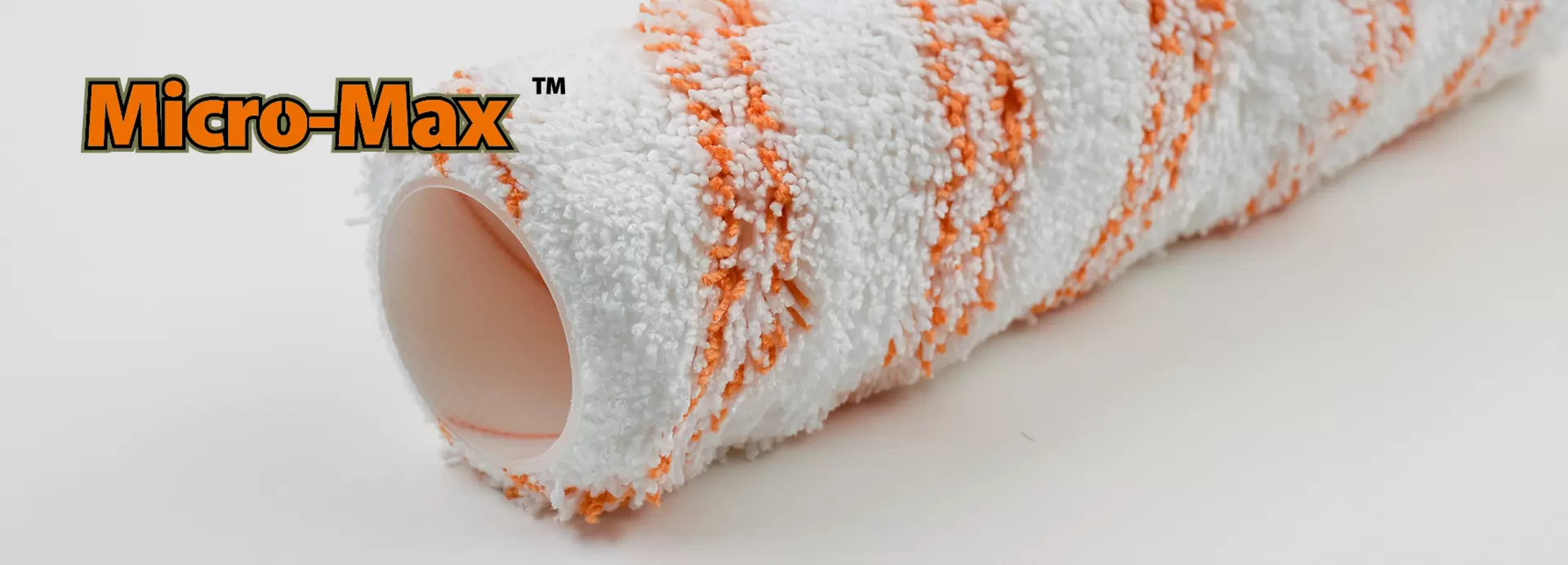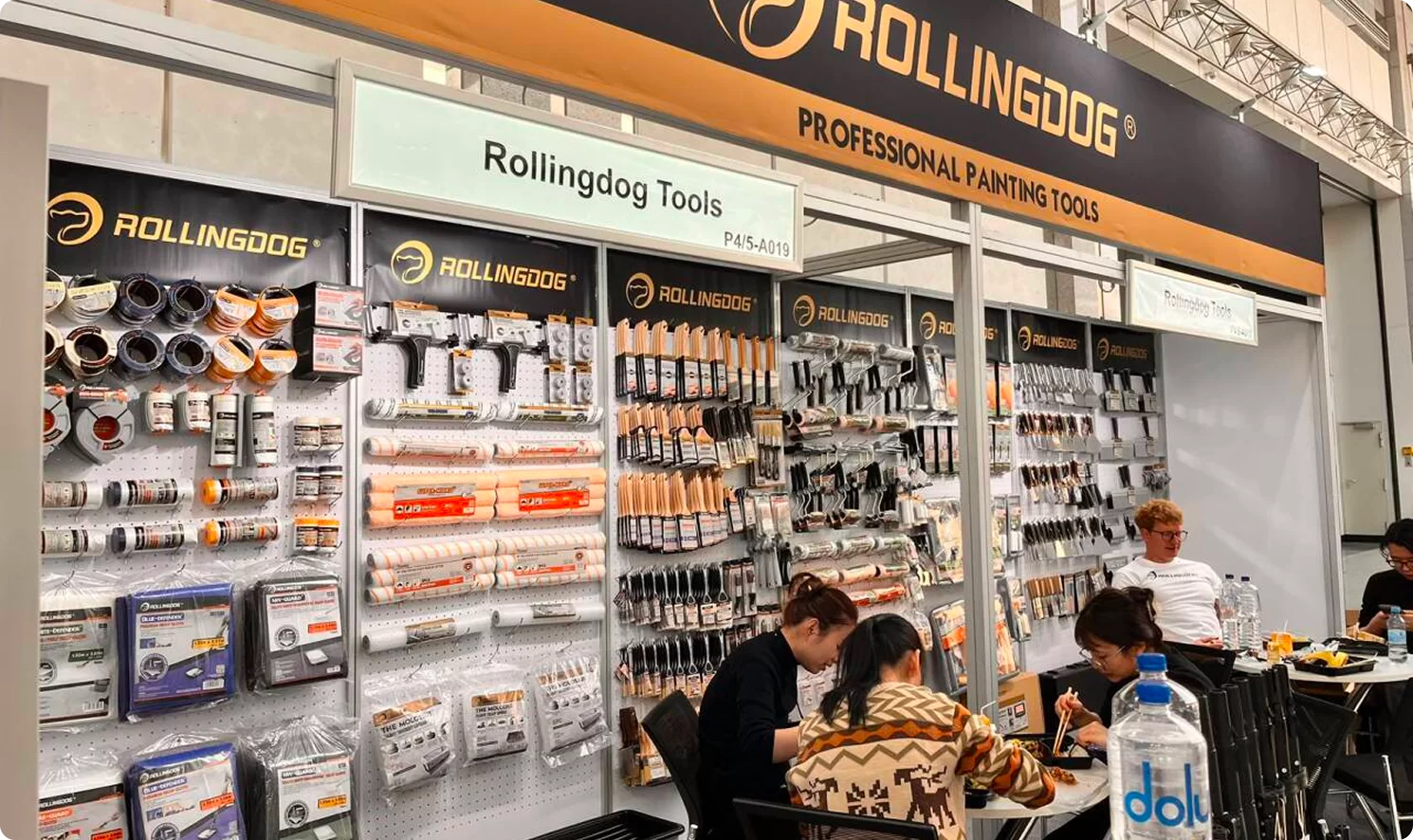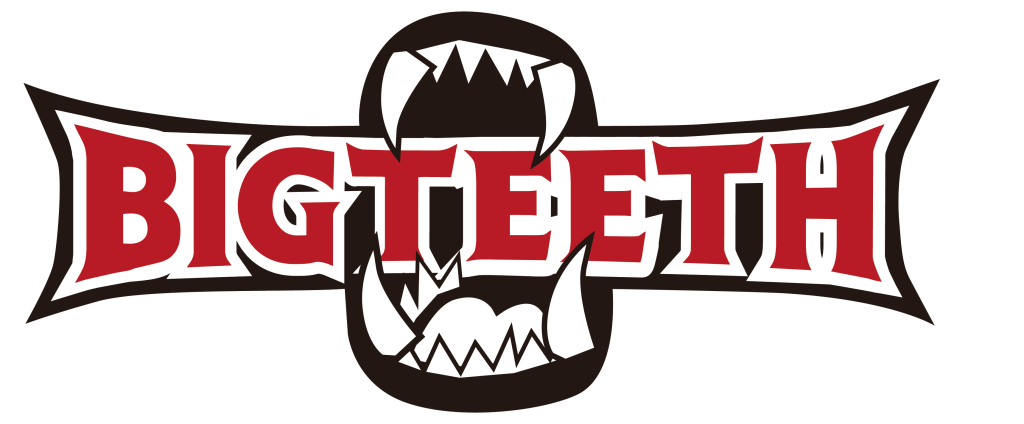Navigating the competitive paint tool industry in the United States requires more than just a quality product—it demands a clear understanding of local market standards, buyer expectations, and regulatory compliance. This comprehensive guide is tailored for B2B buyers, importers, and distributors seeking a trusted paint roller US supplier. From industry-specific insights to sourcing strategies and compliance tips, we’ll walk you through everything you need to know to succeed in the American market. As a global leader in paint roller manufacture, Rollingdog is your reliable partner for unlocking growth in the U.S. wholesale sector.

1. What Makes a Paint Roller “US Standard”?
Understanding what defines a “US standard” paint roller is crucial for B2B buyers, especially international importers looking to enter or expand in the American market. The term refers to a set of specifications—primarily dimensions, thread types, and performance expectations—that align with U.S. consumer preferences and hardware compatibility. Unlike European or Asian models, US-standard rollers are generally built around a 9-inch (230mm) core length, making them compatible with the vast majority of roller frames used by both professionals and DIY users in the United States.
1.1 Key Dimensions and Thread Types in the US
The most common core size for a paint roller US configuration is 1.5 inches in diameter with a 9-inch length. These are designed to fit snugly into standard roller cages, reducing slippage during high-speed applications. Additionally, many US roller handles use threaded inserts or cage-style attachments that differ from clip-on systems used in other countries. As such, manufacturers must adhere to these thread standards when producing handle paint roller products for the U.S. market.
Threaded handles often follow the National Pipe Thread (NPT) or Acme thread patterns, both well-recognized in American tools. Ensuring that your rollers and frames align with these standards increases the likelihood of widespread acceptance by U.S. distributors and contractors.
1.2 Compatibility Across Different Roller Frames
Interoperability is another hallmark of the USA standard paint roller. Whether a painter is working with a plastic or metal frame, the roller cover must slide on effortlessly and stay secure during heavy-duty use. This makes material tolerances and core construction extremely important.
Rollingdog, as a leading paint roller manufacturer, pays close attention to frame compatibility during the R&D process. Our roller sleeves are designed not only to meet U.S. dimensional expectations but also to endure repeated insertions and removals without degrading. For B2B clients targeting the U.S. sector, this level of product assurance is essential in building trust and loyalty within professional networks.
2. Are Paint Rollers Universal in the US Market?
The question of whether paint rollers are universal in the U.S. is a common one among global buyers. While there is some flexibility, the answer largely depends on how you define “universal.” Within the American market, there are strong trends toward standardization, but not every paint roller fits every frame. For B2B clients considering entering the U.S. market, understanding this nuance is critical to avoiding customer dissatisfaction and product returns.
2.1 Understanding Interchangeability Between Brands
While most American-style paint rollers conform to the 9-inch core standard, subtle variations in length, nap material, or end-cap design can affect compatibility. Major retailers and contractors often favor rollers that match their preferred frame brands. For instance, a roller with slightly oversized end caps may not fit certain compact cages, even if it claims to be “standard size.”
Rollingdog’s fashion style USA paint roller collection addresses this issue by offering slightly tapered edges and reinforced PVC cores, ensuring smoother frame entry and broader compatibility across top U.S. brands. This proactive design philosophy allows distributors to offer true versatility without the risks commonly associated with private label imports.
2.2 Regional Preferences and Sizes to Watch For
Although 9-inch rollers dominate the U.S. market, regional preferences can still impact demand. In metropolitan areas like New York or Los Angeles, professionals may prefer compact 4″ or 6″ rollers for precision edging in tight spaces. In contrast, contractors working on large-scale commercial projects in Texas or Florida often demand 12″ or jumbo-width rollers for efficiency.
For international B2B buyers sourcing wholesale USA paint roller inventory, it’s important to balance core product lines with regional demand data. By diversifying your offerings to include both standard and specialty sizes, you’ll be better equipped to serve varied markets across the country.
In conclusion, while the paint roller US market is not entirely universal, it is highly standardized—especially for mainstream applications. Understanding these standards and designing with them in mind is the key to success for suppliers looking to scale in the American hardware and construction industries.
3. What Type of Paint Rollers Do US Professionals Prefer?
When selling into the competitive paint roller US market, it’s vital for B2B suppliers to understand what American professionals actually prefer on job sites. While DIY customers tend to prioritize cost and convenience, professional painters emphasize durability, paint absorption, even application, and ergonomic design. These performance expectations significantly influence purchasing decisions for contractors, distributors, and retailers alike.
3.1 Roller Types for Interior and Exterior Use
US professionals typically differentiate their roller choices based on the surface type and paint viscosity. For interior smooth walls, microfiber or woven fabric rollers with a short nap (3/8″ or 1/4″) are commonly used to deliver a flawless, lint-free finish. On rougher surfaces such as stucco or brick exteriors, a thicker nap (3/4″ to 1″) made from high-capacity materials like polyester blends is preferred for maximum coverage.
Rollingdog’s product development team has conducted field studies with American contractors to tailor designs for these specific use cases. Our American style paint roller models incorporate high-density cores, strong adhesive bonding, and shed-resistant fabrics—making them ideal for both interior drywall applications and rough exterior finishes. This attention to detail boosts brand reputation and repeat orders in the B2B sector.
3.2 Insights from American Painting Contractors
Professional painters across the U.S. cite several key product attributes when choosing their preferred roller: long-lasting fabric integrity, smooth rolling motion, and consistent coverage without streaks. Many also value quick-load rollers that reduce downtime between dips.
Handle design is another major factor. A well-balanced, anti-slip handle paint roller offers better control over extended use, reducing user fatigue—especially important in high-volume commercial jobs. Rollingdog’s ergonomic handle line, engineered for the U.S. grip angle and length preferences, has been praised for enhancing painter productivity.
By aligning your wholesale offerings with these practical expectations, you position your product to earn trust among discerning professionals and increase your share in the paint roller US distribution channel.

4. Best Paint Roller Brands in the US – Where Does Rollingdog Stand?
The U.S. paint roller market is saturated with legacy brands, yet there’s growing demand for innovative alternatives that offer equal or better performance at competitive prices. Brands like Purdy, Wooster, and Shur-Line have dominated store shelves for decades, but savvy contractors and B2B buyers are increasingly open to exploring new suppliers who can provide consistent quality, flexible customization, and supply chain reliability.
4.1 Comparison with Top-Selling Brands
While established U.S. brands have the advantage of long-standing reputations, they often come with a premium price tag. Rollingdog positions itself as a competitive alternative by offering equivalent or superior performance in key categories such as material strength, paint retention, and ergonomic design. Our R&D team continuously benchmarks against U.S. leaders to ensure that every product we offer meets or exceeds domestic expectations.
For example, our microfiber roller line was recently tested side-by-side with a major paint roller manufacture in Ohio, and Rollingdog’s model delivered equal coverage with 15% less paint wastage—a key metric for professional contractors focused on profitability.
B2B buyers looking to stock or private label wholesale USA paint roller lines can rely on Rollingdog for consistent quality control, timely delivery, and scalable production capacity.
4.2 Unique Selling Points of Rollingdog Products
Rollingdog offers several advantages that distinguish our products in the American market:
- Custom OEM/ODM service for exclusive product lines
- Compliance with USA standard paint roller specifications
- Eco-conscious packaging options for retail display
- Competitive lead times and MOQ flexibility for distributors
Additionally, our fashion style USA paint roller collection targets design-conscious retailers seeking visually appealing, shelf-ready products. With a range of color-coded handles and premium finishes, this line blends performance with presentation—ideal for home improvement chains and e-commerce partners.
In short, Rollingdog is not just a manufacturer; we’re a solutions provider for global B2B clients seeking to break into or expand in the paint roller US market with confidence and precision.
5. What Materials Are Commonly Used in Paint Rollers for the US Market?
In the competitive and performance-focused paint roller US market, material selection is a decisive factor. US contractors and retailers prioritize rollers that offer durability, minimal shedding, and optimal paint absorption. As such, understanding the materials that dominate the American market will help foreign suppliers align their offerings with local expectations and boost wholesale acceptance.
5.1 Synthetic vs. Natural Fibers
The U.S. market exhibits strong demand for synthetic fibers such as polyester, microfiber, and nylon. These materials provide excellent durability, resistance to solvents, and consistent performance across various paint types—making them ideal for both oil- and water-based applications. Microfiber, in particular, has seen a surge in popularity due to its ability to deliver a smooth finish while holding a large volume of paint. This is especially valued in commercial and high-precision interior jobs.
For distributors prioritizing sustainability, it’s worth noting that the U.S. Environmental Protection Agency (EPA) provides guidelines on eco-friendly painting tools and materials , which can influence buyer preferences in certain market segments.
Natural fibers like lambswool, while still used, are considered premium and are typically reserved for specific niche markets. US professionals may choose them when working on custom finishes or specialty coatings, but due to higher costs and maintenance, they are less common in mass-market wholesale USA paint roller inventories.
Rollingdog’s microfiber and woven polyester rollers are developed with the USA standard paint roller format in mind, offering the balance of durability and coverage performance that US contractors expect. This makes them ideal for distributors looking to serve high-volume retail and professional channels.
5.2 Core and Handle Materials That Meet Market Demand
In addition to the fabric cover, the roller’s core and handle materials are crucial to U.S. buyers. Durable phenolic resin or polypropylene cores are widely preferred due to their ability to resist moisture swelling and maintain dimensional stability. These materials contribute to longer tool life—an important value proposition for professional users.
On the handle side, American painters favor lightweight yet robust materials such as fiberglass-reinforced plastic or aluminum for frame construction. A textured grip on a handle paint roller enhances control during extended use and reduces fatigue—especially on large-scale jobs.
Rollingdog designs its core and handle materials to meet these exact specifications. Whether it’s a high-quality cage-style roller frame or a comfort-grip extension-ready handle, our products offer an edge in both durability and usability—perfect for penetrating the discerning paint roller US market.
6. How to Ensure Compliance with US Regulations When Importing Paint Rollers
Importing paint rollers into the U.S. is more than just meeting demand—it’s about ensuring your products meet federal regulations, safety standards, and labeling requirements. Non-compliance can lead to delays, penalties, and reputational damage. For foreign suppliers and B2B partners, understanding how to navigate this regulatory landscape is critical for success in the paint roller US market.
6.1 Safety Standards and Labeling Requirements
While paint rollers are not classified as high-risk products, they must still meet certain consumer safety and labeling requirements enforced by agencies such as the Consumer Product Safety Commission (CPSC) and U.S. Customs and Border Protection.
Each product must include clear labeling that specifies country of origin (e.g., “Made in China”), material composition, and safety warnings if applicable. Products intended for retail must also comply with the Federal Trade Commission’s labeling and marketing rules to avoid misleading claims about performance or usage.
Rollingdog supports its B2B clients by offering custom labeling services that align with these standards, helping you streamline product clearance and reduce compliance risk. Whether you’re importing a fashion style USA paint roller line or industrial-grade American style paint roller covers, proper documentation is essential.
6.2 Customs and Import Documentation Tips
All paint rollers entering the U.S. must be classified under the correct HTS (Harmonized Tariff Schedule) code, which typically falls under 9603.40.0000 for paint brushes and rollers. Mistakes in classification can result in incorrect tariffs or customs holds. Additionally, suppliers should provide Material Safety Data Sheets (MSDS) when rollers include chemically treated components, such as anti-mold coatings.
To ensure smooth customs clearance, B2B importers should prepare the following:
Commercial invoice with detailed product descriptions
Packing list
Country of origin certificate
Product compliance declaration (if requested)
Partnering with an experienced paint roller manufacture like Rollingdog ensures that your documentation is fully compliant, and your shipments are delivery-ready without regulatory friction. Our logistics and compliance teams work closely with clients to navigate every checkpoint of the U.S. import process, enabling a faster time-to-market for your paint roller US offerings.
7. Key Differences Between US and International Paint Roller Markets
For global B2B suppliers seeking to enter or expand within the paint roller US market, understanding the key distinctions between the US and international markets is essential. These differences impact everything from product design and packaging to logistics and buyer expectations. Recognizing and adapting to these unique traits will significantly enhance your competitiveness and long-term success.
7.1 Design Preferences and Usage Behavior
In the U.S., functionality is prioritized, but aesthetic presentation and ergonomic design are also important—especially in retail and contractor-grade segments. American users generally prefer 9-inch rollers, which align with USA standard paint roller sizes, whereas many Asian or European markets use narrower widths, often around 7 inches or metric sizes.
Furthermore, American painters often demand quick coverage on large surfaces, which leads to the preference for rollers with higher paint-holding capacity. Handle paint roller designs are typically longer and often compatible with universal threaded extension poles for ceiling and high-wall applications. In contrast, markets like Japan or Southeast Asia lean toward compact, lightweight rollers for tighter spaces and lighter applications.
This is where Rollingdog’s adaptability shines—offering both American style paint roller formats and international specifications. Our catalog ensures B2B partners can cater to their target region with precision, whether that means 9-inch, high-nap microfiber rollers for the paint roller US sector or smaller foam rollers for export into Southeast Asia.
7.2 Packaging, Pricing, and Distribution Dynamics
Another major contrast lies in packaging expectations. The U.S. market places strong emphasis on retail shelf appeal. Buyers expect barcoded, retail-ready products with clear, English-language instructions, safety info, and branding. Eco-friendly and compact packaging is also gaining traction, especially among large distributors serving green-conscious consumers.
Meanwhile, international markets may accept more basic bulk packaging to reduce cost. However, for the wholesale USA paint roller market, premium packaging contributes to perceived value and enhances brand equity.
In terms of pricing, the U.S. market is highly segmented—there’s demand at both ends of the spectrum. DIY retailers seek affordable options, while commercial painting companies prioritize longevity and performance, even at a higher cost. As a paint roller manufacture with flexible OEM and private labeling services, Rollingdog caters to both ends through tiered product lines and scalable order sizes.
Logistics also vary. U.S. importers expect efficient customs clearance, local warehousing options, and stable lead times. Our international partners benefit from Rollingdog’s optimized supply chain solutions—whether shipping a container of fashion style USA paint roller units to a retail chain or delivering monthly pallets for contractor distributors.
Breaking into the paint roller US market starts with the right knowledge—and the right supplier. At Rollingdog, we combine decades of manufacturing expertise with a deep understanding of USA standard paint roller requirements and American buyer preferences. Whether you’re seeking high-performance rollers, private labeling, or a reliable long-term partner, our team is here to support your goals. Ready to elevate your business in the U.S. paint tool market? Contact us today to discuss custom solutions and start your next successful wholesale project.


